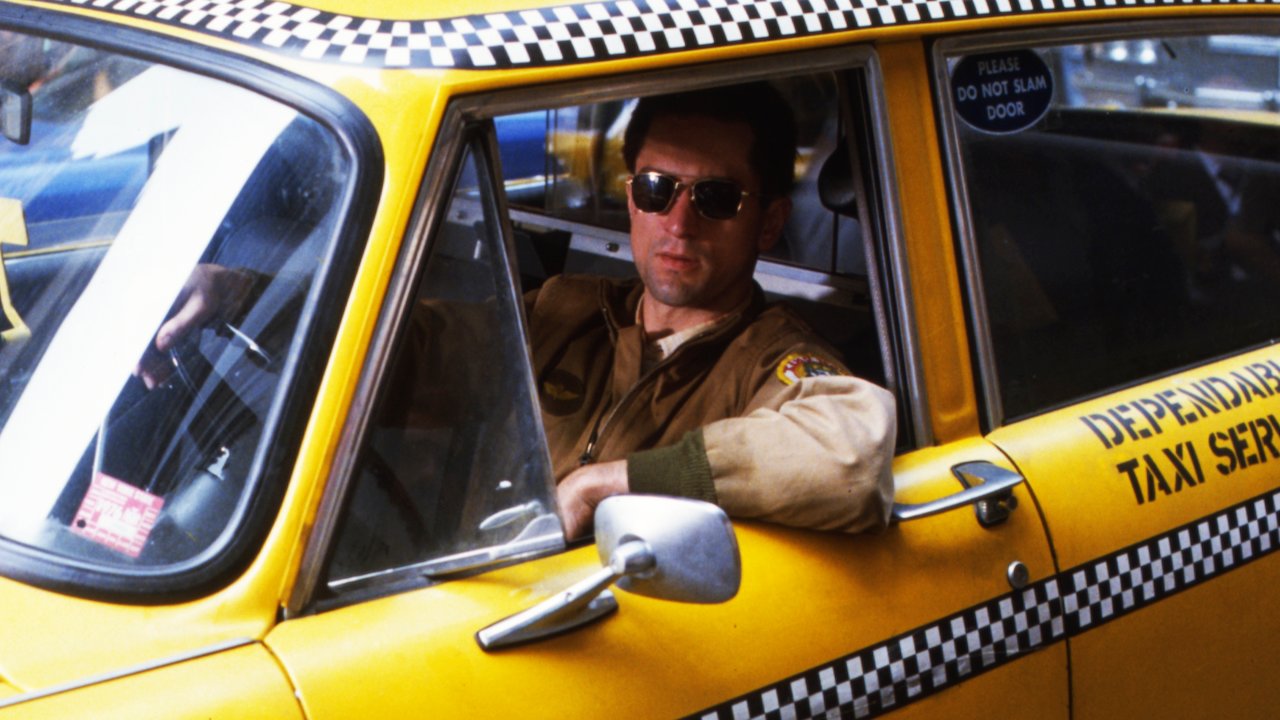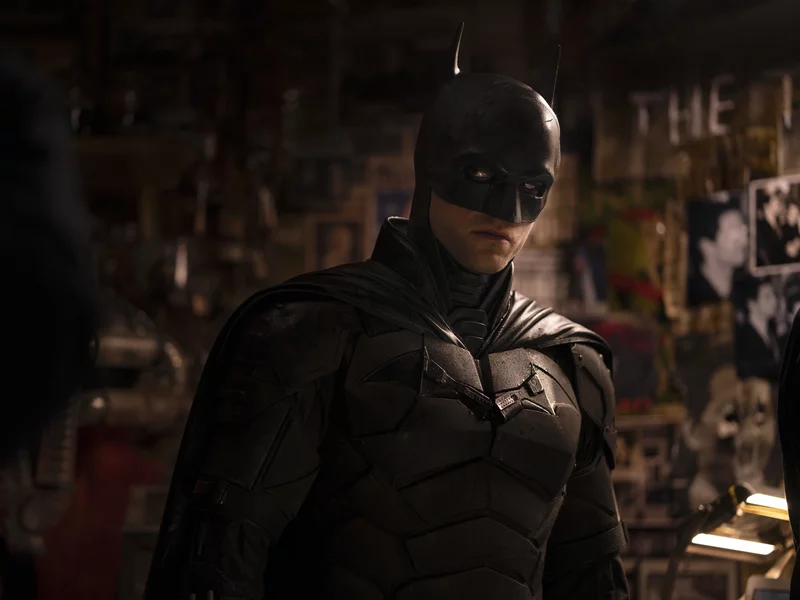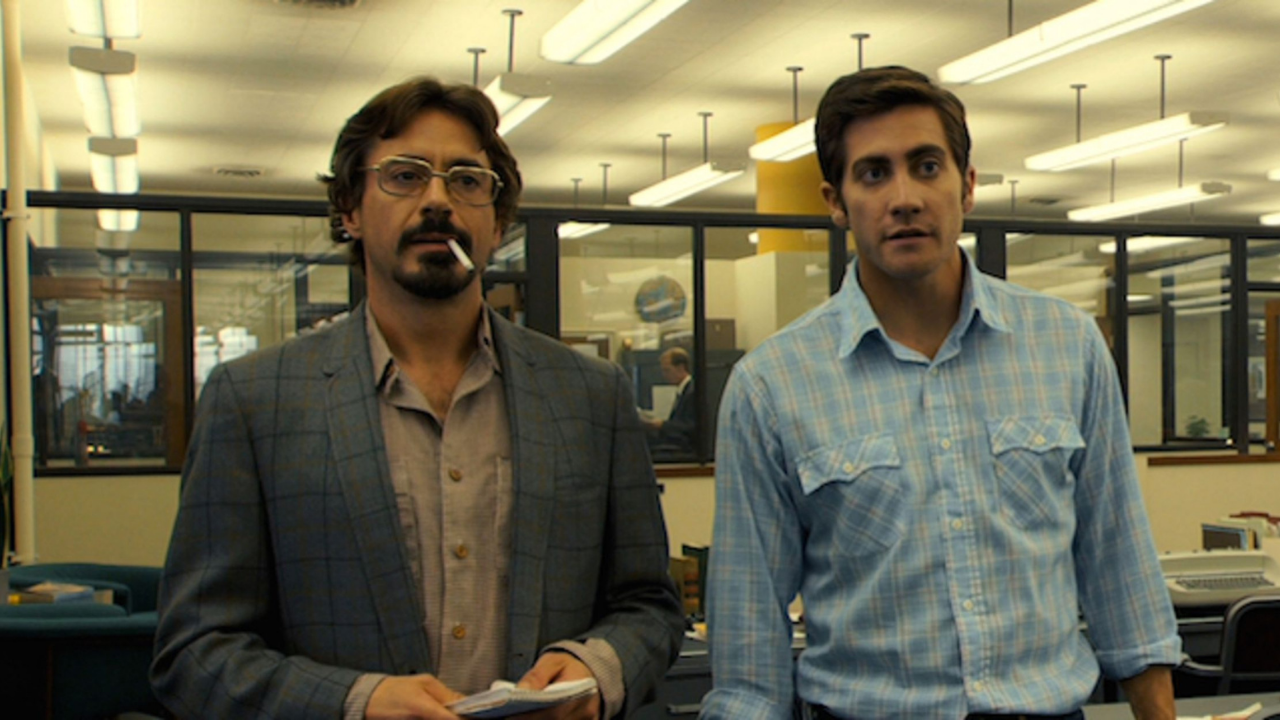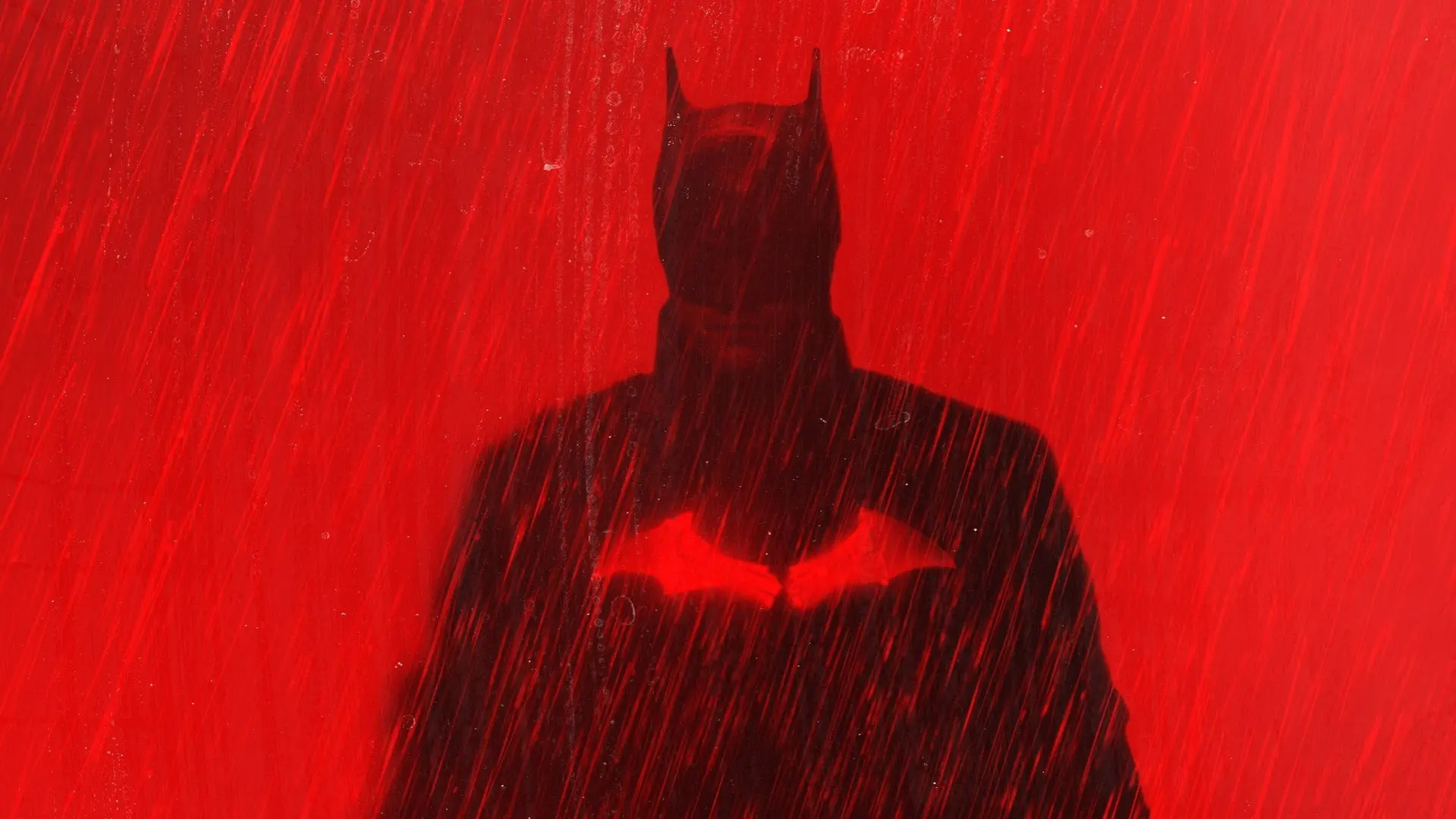Noir is a classic and timeless style of filmmaking. Moody atmosphere, weary detectives, and organized crime are staples of the genre that thrived in the golden age of cinema. But filmmaker Matt Reeves defied odds and managed to reinvent the genre utilizing one of the most popular comic book characters of all time… Batman. Follow us as we delve into The Batman and explore how a modern superhero movie became a perfect Noir Masterpiece.
Check out the video below:
???? Subscribe & hit the Notification Bell so you never miss a video!
Filmmaker Matt Reeves has a unique and innate ability to take established characters and stories and craft something original and captivating. He can take a franchise as universally beloved as The Planet of the Apes, and give us two new films that take the story in a different direction and explore the evolution of the characters on a more in-depth level. He can take a film like Let The Right One In, one of the best modern takes on vampire lore to release in recent memory and adapt it for American audiences in a way that’s honest, beautiful, and true to its source. This is a director who took Kaiju cinema, a genre of film made famous with the first appearance of Godzilla in 1954, and brought it to the big screen in a way that we’d never seen before… through the lens of a handheld camera with Cloverfield.
And with The Batman, starring Robert Pattinson, Zoe Kravitz, Paul Dano, and Jeffrey Wright, he breathes new life into a decades-old character by bringing him back to his detective roots and crafting a story that feels fresh and new, as well as a love letter to the detective genre that thrived in the 1940s, ’50s, and ’60s. So, how did Matt Reeves do it? Why does The Batman work so well, on so many levels? Well… there are a lot of reasons, but we’re going to start with the most prominent.
Related: Darkman: How Sam Raimi’s First Superhero Movie Paved The Way For The MCU (VIDEO)
Call it inspiration, homage, tribute. Call it what you will, but The Batman is heavily influenced by the gritty neo-noir films from the heyday of cinema. The term “Film Noir” originates from the French language and literally means “Black Cinema.” It refers to a style of filmmaking that thrived in the years following World War 2. The imagery was dark and utilized shadows and rain to create an aesthetic that fit alongside its cynical representation of the world. Low-level street shots, back Alleys, and rain-soaked roadways are staples of noir filmmaking. “Black Cinema” refers not only to the cinematography but to the dark perception of humanity as a whole. The stories often followed Private Investigators or Detectives investigating a case that forces them to confront the grimy underbelly of society. Crime. Fear… Depravity.
Movies like Dirty Harry, Taxi Driver, and Chinatown showcase lead characters who act as loners; outsiders with a pessimistic view of society. They see the worst in people and view themselves as being somehow above it. Somehow better than those they condemn. The Batman brings this aspect of film noir to the screen through its representation of not only Batman but Bruce Wayne. This is a version of Bruce unlike we’ve ever seen him on film. While he’s most often presented as a playboy philanthropist, known for showing off fancy cars and beautiful women, The Batman gives us a Bruce that is reserved and broken. He never recovered from the trauma of his youth and as a result, that trauma has molded him into a bitter recluse. He’s not worried about making an appearance at a board meeting or a socialite affair. He’s fueled by anger, hatred, and despair and he funnels all of those negative feelings and thoughts into The Batman. As a result, we see a far more brutal interpretation of the character than we’ve ever seen before.
These changes allow audiences to experience something new from a character who has been adapted countless times and help to create an interesting duality. There is rage within Bruce. And the anonymity that accompanies wearing the cape and cowl allows him to vent that rage in manners he’s unable to as Gotham’s wealthiest and most recognized citizen.
Another common Film-Noir trope utilized within The Batman is the voice-over. Classic noirs like Sunset Blvd, Double Indemnity, and Taxi Driver utilize this technique as a way for audiences to understand the inner workings of the lead character’s mindset. To hear the dark, cynical thoughts directly from the character themselves and often showcase the unraveling of the lead character’s mental state. Detective stories and voiceovers go hand in hand. The voice-over is typically spoken in a stoic, monotone manner from a detective who is world-weary, rough around the edges, and nearing the end of his rope. The narration will usually start in the first moments of the film and begin by describing the world around them with grim detail. They speak in metaphors about the crime and the filth that they perceive to be taking over their city and speak of washing it clean… like the great biblical flood of Noah’s Ark.
From the opening moments of The Batman, Matt Reeves establishes that this is that type of movie. That gritty, private eye atmosphere with layers of dirt and crime at its core. It’s a detective film and Batman is the Detective. That’s fitting since the caped crusader is often referred to as the world’s greatest detective, and yet, this is the first live-action film that has truly shown the character in that light. Part of the reason it works so well is its villain. The Riddler is a Batman foe whose entire persona lends itself to the mystery genre. Clues and Riddles that test the intelligence of our hero while forcing him to view the world through an abstract lens. We’d seen The Riddler face off against Batman before, in Joel Schumacher’s Batman Forever. The tone and atmosphere of that film are a far cry from the depiction we get with The Batman. In Forever the screen is consumed by neon lights and pastel colors. The performances are over the top. Whacky. Goofy. It’s Jim Carrey being Jim Carrey and there’s nothing menacing about him or his green spandex suit.
But when Matt Reeves adapts The Riddler he gives us a stark and terrifying interpretation, delivered by Paul Dano through one of his darkest and most frightening performances to date. And that’s saying a lot considering he played a child abductor in Denis Villeneuve’s Prisoners. By forcing Batman to face off against a villain who is equal to, or surpasses, his own intellect, the story is steered into a game of cat and mouse with violent and deadly consequences. There have been a lot of comparisons to David Fincher’s work, and most of that stems from Fincher’s portrayal of deranged serial killers. Take the film Seven for example. In Seven a diabolical mad man, known only as John Doe, hunts and murders his victims with a vicious efficiency. The victims are chosen for specific reasons and the killer is driven by grandiose delusions. Both John Doe and The Riddler share the beliefs that they are acting from a moral high ground and that their actions are justified… necessary even, in order to right wrongs.
The Zodiac killer is another example. Not only a character in David Fincher’s Zodiac but a real-life serial killer who tormented the people of San Francisco in the 1960s and ’70s. He taunted the press and the police by sending coded messages to various newspapers. Just like The Riddler, he always remained one step ahead. The Zodiac was never caught and to this day his true identity has never been confirmed.
In The Batman, The Riddler is portrayed as a melding of these two personas. A sociopathic, narcissist who uses violence against those he deems deserving and utilizes codes, puzzles, and riddles to taunt his pursuers. But the Riddler isn’t the only antagonist of The Batman, though he’s certainly the central one.
Film Noir tends to delve into the world of street-level crime. Gangsters and mobsters who live like kings within a casino or nightclub castle. Forcing the detective to chip away at the low-level thugs while climbing the ladder to reveal the man at the top. The Batman accomplishes this through the use of two familiar characters. The Penguin, played by Colin Farrell, and Carmine Falcone, played by John Turturro. And while the Penguin is a recognizable villain, Colin Farrell is unrecognizable in the role, buried beneath layers of prosthetics. Matt Reeves utilizes these two characters to keep The Batman grounded within the world of street crime. Their role within the overarching mystery is a large one and the only way for Batman to solve the mystery is to weave his way through the dark underbelly of Gotham’s organized crime.
Throughout its entire, nearly three-hour runtime The Batman stays true to its Neo-Noir core. It’s dark, gritty, and cynical while forcing its detective into a mystery that exposes even more darkness and grit. There’s organized crime and voice-over narration and, perhaps one of the most prominent Film Noir tropes… a Femme Fatale. While film noirs generally focus on a male lead, there is almost always a Femme Fatale. A love interest who proves to be just as skilled and dangerous as her male counterpart. The Batman accomplishes this by utilizing Selina Kyle… AKA Catwoman. Selina is headstrong, independent, and fearless. She’s skilled in combat and refuses to bow to the authority of Batman. And, just like any Femme Fatale, her true intentions are not perfectly clear. Like Madeleine Elster in Vertigo, Catherine Tramell in Basic Instinct, and even Jessica Rabbit in the cartoon hybrid Noir Who Framed Roger Rabbit. With Film Noir the Femme Fatale is always a dangerous love interest that our hero can’t fully trust.
And I’m using the term “hero” lightly. Film Noirs rarely focus on a lead whose actions could be considered entirely heroic by most standards. He’s an Anti-Hero. Somebody who doesn’t play by the rules and takes extreme measures to accomplish the task at hand. They do BAD things, but typically, it’s for the greater good. A “the ends justify the means” mentality.
The world of The Batman is one that grounds itself within a certain gritty realism. Sure, it’s not entirely realistic. It’s still a story about a man who dresses like a bat to fight crime, but it melds the concepts of comic books and Film Noir to craft a story that is a tribute to the character’s detective roots. It’s an homage to one of the oldest, and enduring styles of filmmaking. Matt Reeves understands how to tell a story. He’s capable of taking a character as well known as Batman and twisting into something new. The mystery is taut. It runs deep. And he allows the audience to experience its unraveling strand by strand. The Batman is a movie that will stand the test of time because it’s crafted in a style of filmmaking that is timeless. It IS a perfectly assembled modern take on Film noir.
What did you think of The Batman? Is it your favorite take on the character? Let us know in the comments and stay tuned for more fantastic content.
Follow us for more entertainment coverage on Facebook, Twitter, Instagram, and YouTube.





